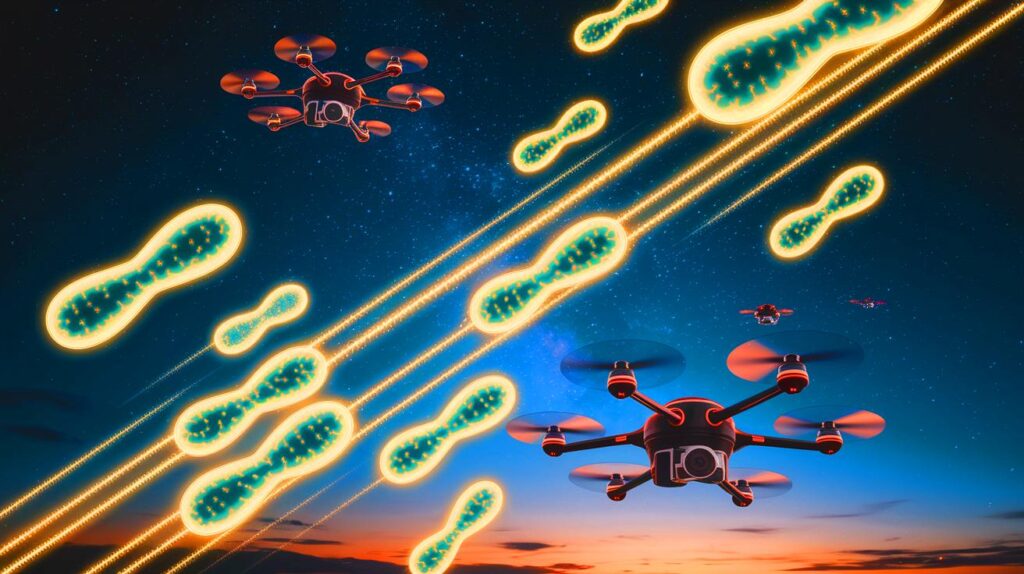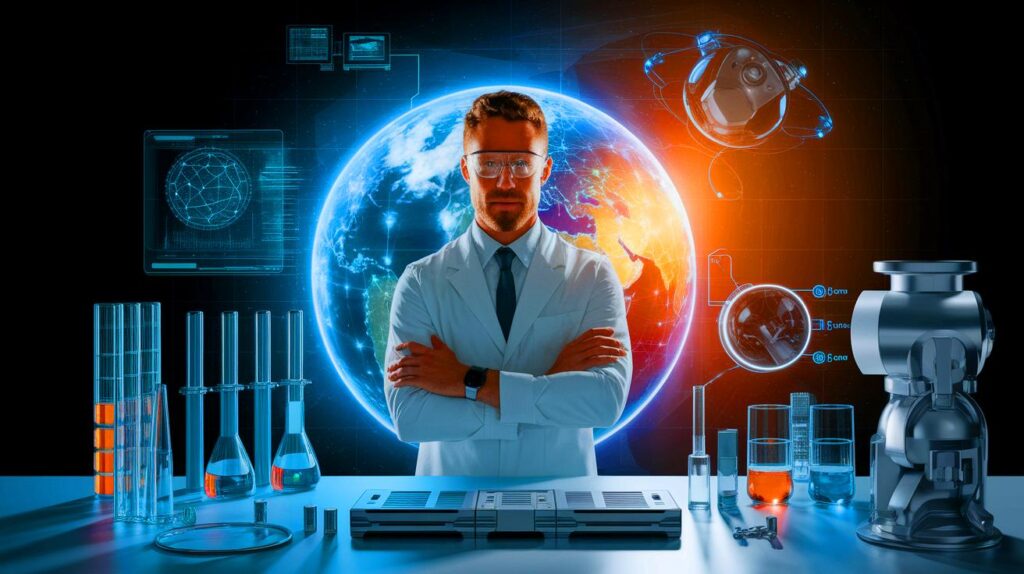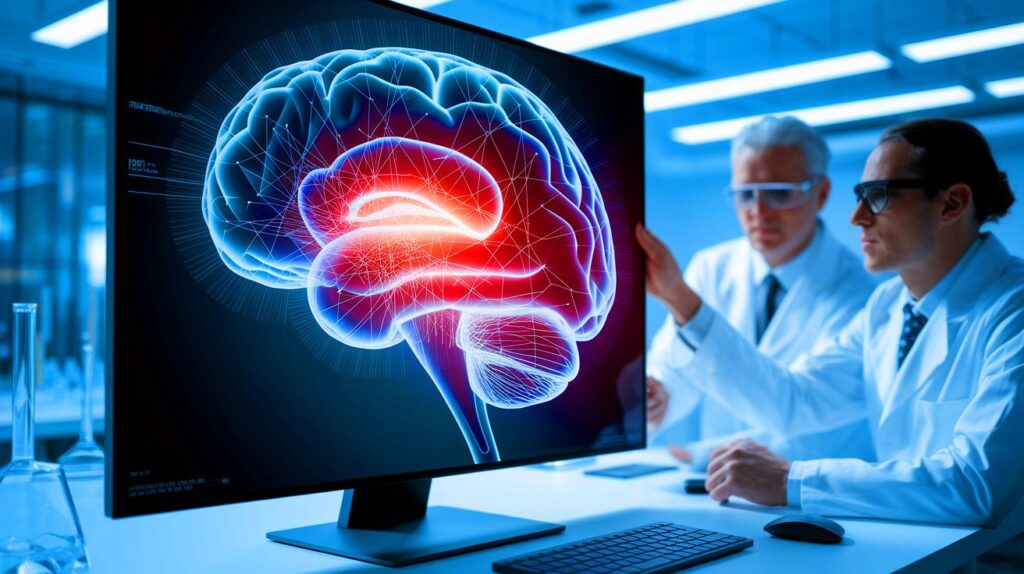| In Brief |
|
Recent developments in biological technologies have facilitated impressive advancements. Among these is a remarkable innovation by MIT researchers: the use of genetically modified bacteria to emit visible light signals over long distances. This technology could revolutionize how we monitor the environment, enabling remote observation through sensors mounted on drones or satellites. This article delves into this fascinating advancement and its potential implications across various fields.
Luminescent Bacteria: A Major Technological Breakthrough
Researchers have modified two types of bacteria to emit light in both visible and infrared spectra. Previously limited to laboratory use due to the need for specialized imaging equipment, these bacteria can now be detected from approximately 90 meters away. This enables a more practical and widespread use of these bacterial biosensors. By incorporating light-emitting molecules, or hyperspectral reporters, into the sensory circuits of the cells, researchers have created a method to detect bacterial signals from great distances. This approach paves the way for numerous new applications, particularly in environmental monitoring.
Potential Applications: From Agriculture to Environmental Security
The potential applications of this technology are vast. In precision agriculture, these bacteria could be utilized to monitor soil nutrient levels, like nitrogen. Similarly, for environmental security, they could be programmed to detect toxins or even landmines. Imagine a living system that communicates through visible light signals from the sky. Bacteria could even be integrated into plant cells to create a biological communication system. Researchers are also exploring regulatory implications and safety concerns associated with this technology to maximize its benefits while minimizing risks.
The Technology in Action: Promising Tests
During field trials, the modified bacteria were placed in secure boxes and deployed in various environments, from urban rooftops to desert plots. Drones equipped with hyperspectral cameras flew over these areas, capturing data quickly. The employed algorithms decoded this spectral data to identify which bacteria had activated their reporter molecules. This technology has demonstrated its flexibility during tests with other sensors capable of detecting specific elements like arsenic. These trials illustrate the immense potential of this advancement, showing how it could transform our ability to interact with and understand our environment in real time.
Future Perspectives: What Challenges Remain?
Despite the promises of this technology, challenges persist. Researchers must further refine the regulatory and safety aspects related to the use of genetically modified bacteria in the environment. This includes assessing potential risks and benefits. Additionally, the development of more accessible and affordable hyperspectral cameras is essential for democratizing the use of these biosensors. Research teams are also focused on improving data processing algorithms to enhance the accuracy of bacterial signal detection. As these obstacles are gradually overcome, a lingering question remains: how much can this technology transform our interaction with the natural world?
In conclusion, technological innovations in synthetic biology promise to revolutionize our methods for monitoring and protecting our environment. The luminescent bacteria developed by MIT represent a significant advancement in this direction. As this technology continues to evolve, how might it influence other fields such as medicine or biodiversity conservation?







